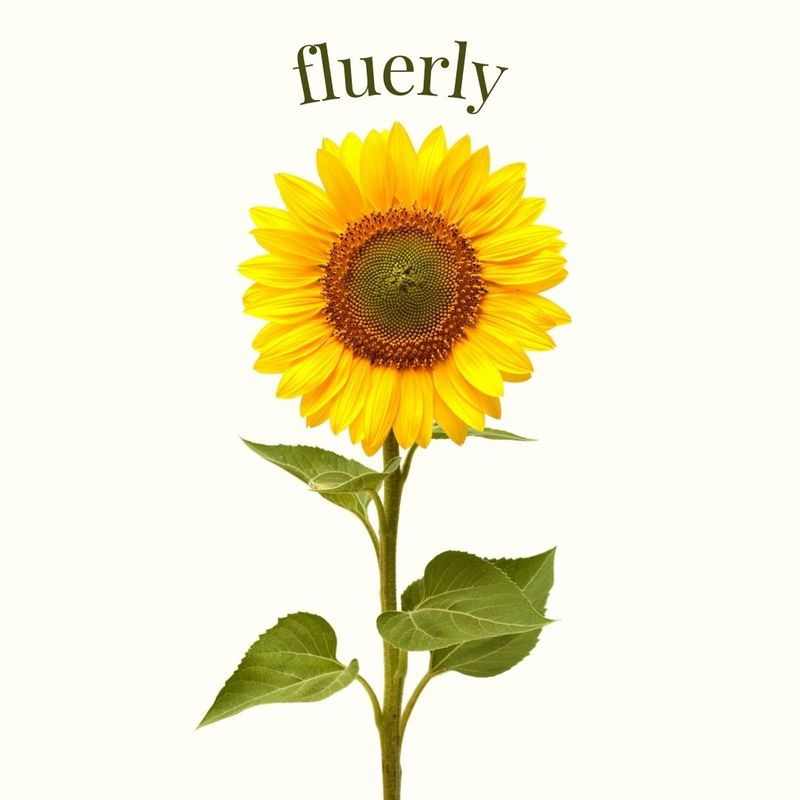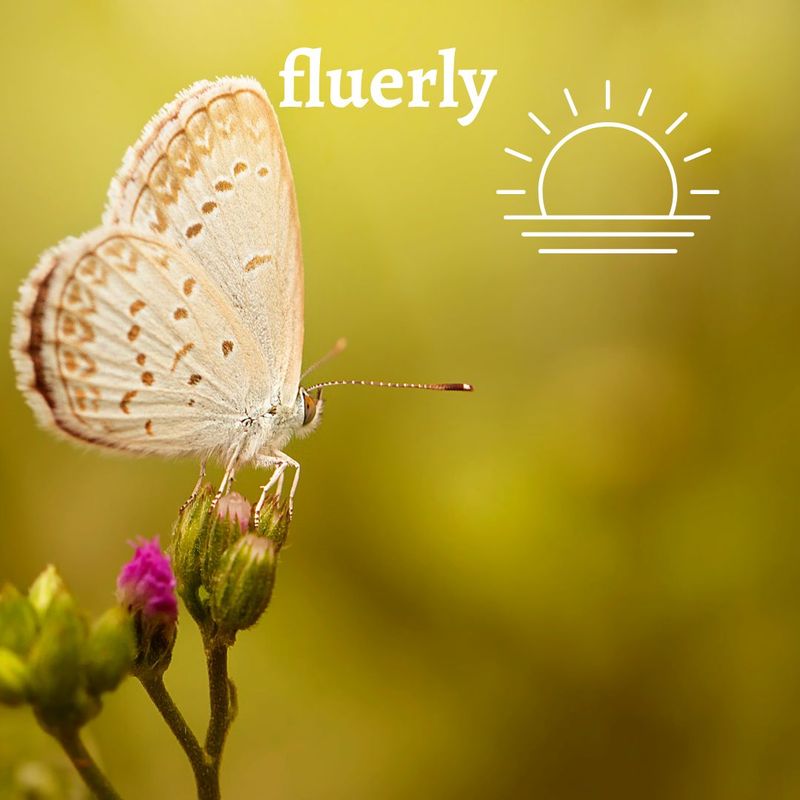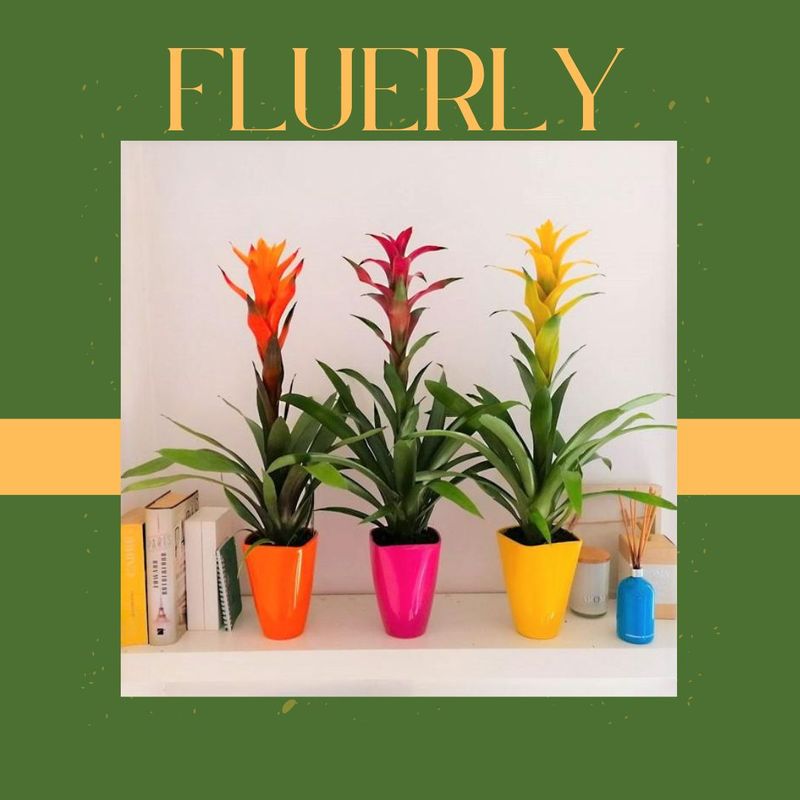They have wide different varieties, which have different shapes and colors. Here are the best multi-headed sunflower varieties to grow in your yard this summer and the common reasons behind multi-headed sunflowers.
Why Does My Sunflower Have Multiple Heads? – Some Common Reasons
A sunflower with multiple heads is a beautiful sight, but it can also be surprisingly creepy! Here's why it happens:
When More Than One Bud Opens at the Same Time, the Result Is a Multi-Headed Sunflower
Sunflowers have a single flower head, with multiple flowers arranged in a spiral pattern. When two or more buds open simultaneously, the result is a multi-headed sunflower. The number of heads is determined by the number of buds that open simultaneously.
Polycephaly
The plant's genes normally dictate how many flowers can grow from each stem, but when the gene responsible for this function mutates, it allows some stems to produce multiple heads—hence the name "polycephaly."
External Factors
External factors can also create multiple heads on sunflowers. For example, if you're growing your sunflower indoors or in a greenhouse, humidity levels will be much higher than outdoors. This affects how moisture is distributed throughout the plant's structure and influences its growth.
However, the causes of multiple heads on sunflowers are only sometimes so obvious. Sunflowers can be affected by pests and diseases, as well as by environmental conditions like drought. If you're curious about how long can flowers go without water, you can read our detailed blog.
Role of Genetics in Producing Multiple-Headed Sunflowers
Plant genetics play a significant role in determining the number of heads that develop on a sunflower plant. Some varieties have been bred to produce multiple heads, but even within these varieties, some plants will produce more than one head, while others will have just one.
Genetic Mutation
If a genetic mutation occurs late in the flower's development cycle, it causes it to grow another ovary and produce a second head. The mutation doesn't happen as often as you think—only about ten percent of seeds will result in twin heads.
Sometimes, More than One Seed Will Germinate On A Single Plant and Grow Together, Causing the Formation of Multiple Heads
When a seed has two embryos, this will sometimes result in two different plants. Seeds pollinated by them usually cause multiple-headed sunflowers and have one embryo in each head. The growth of these heads is similar to the normal development of a single-headed plant, but they will have different heights and may be arranged around the stem in different planes.
Varieties of Sunflower with Multiple Heads – Here’s the List
Helianthus Annuus
The Helianthus annuus species has a single stem with many small heads at its top—all of which can be used for food or decorations! Some varieties of helianthus annuus are listed below:
Starburst
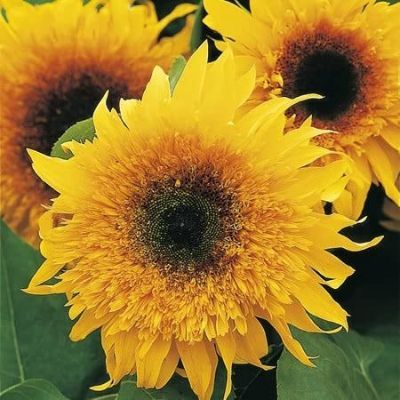
Sunflowers are a popular choice for flower gardens and floral arrangements. The sunflower family includes over 100 species of annual and perennial plants, including wildflowers, herbaceous perennials, vines, shrubs, and trees.
Starbursts are native to North American states but have been cultivated in many parts of the world since pre-Columbian times. They come in all shades of color, with yellow being the most common. There are also reds, oranges, and even purples! You can learn more about what to do about sunflower stalks in our guide.
Autumn Beauty

Autumn Beauty is one of the most popular sunflower varieties, and it's easy to see why. This tall and sturdy plant bears large flowers with dark green rays and a center disk that can be tinged red or yellow.
The flower heads turn orange-yellow in fall, making them an excellent choice for decorative purposes in your garden or home. A bonus: Autumn Beauty is also beautiful when dried!
Russian Giant
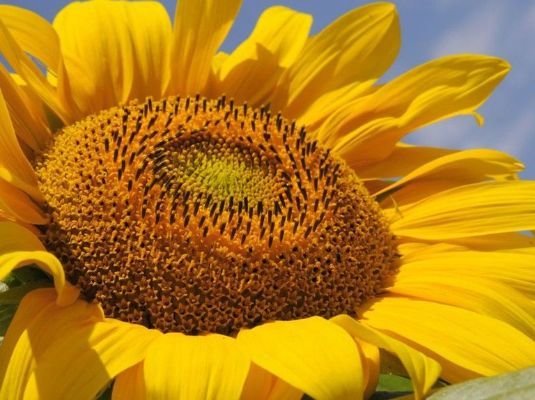
Russian Giant is a popular, high-yielding sunflower variety. It produces large seeds, which can be used in baking or for oil extraction. This sunflower can tolerate cold weather better than most other varieties and will flower even when multiple heads are on the same stem.
Lemon Queen
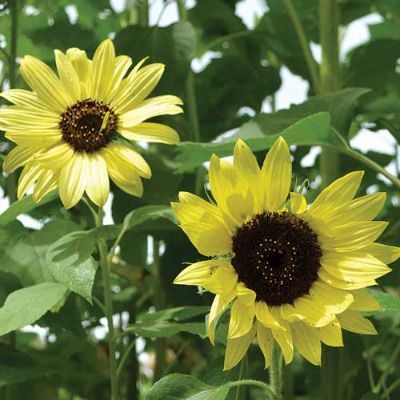
Lemon Queen is a hybrid sunflower that gets its name from the bright yellow color of its flower heads. This variety is a medium-sized plant, so it’s best for areas with ample sun and room for an extensive root system to grow.
The seeds produced by Lemon Queen are large and easy to harvest, making this plant an excellent choice for commercial growers looking for a reliable source of income.

Velvet Queen
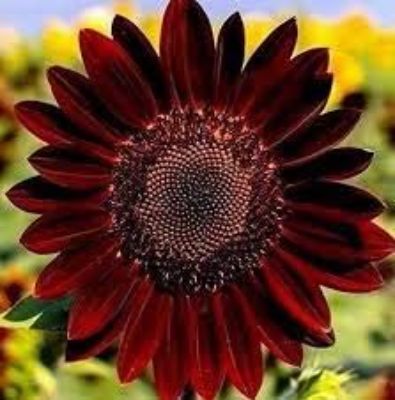
Velvet Queen Organic Sunflower Seeds will grow into a large, multi-headed sunflower with a beautiful blue-violet color and a black center. It is a large, semi-double hybrid sunflower that reaches heights of up to 7 feet.
As the flowers open, they change from white to purple, attracting pollinators such as honeybees, butterflies, and hoverflies. Moreover, read our Marvelous Marigold Gifts for a better understanding.
Red Sun
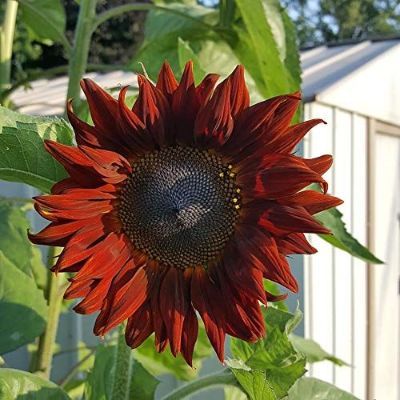
This sunflower variety is a good food source for pollinators, birds, and humans. It grows best in rich, well-drained soil. Red usually blooms in July and August but can be grown year-round if started indoors. Red flowers are edible and taste like popcorn or corn nuts when eaten fresh out of the shell; they make an excellent snack when roasted over an open fire!
Teddy Bear Sunflowers

Teddy Bear sunflowers are known for their size. While they can grow up to 6 feet tall, they're typically a bit shorter than that and have a wide spread of leaves. They tend to be good for children to grow because of their smaller stature and manageable height.
Teddy Bear sunflowers are also great for pollinators like bees, who find the flowers' appearance appealing and their pollen-filled stalks an easy food source.
Evening Sun
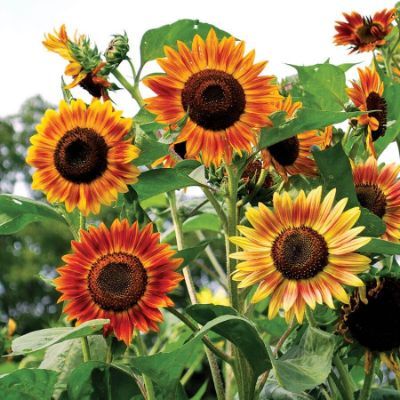
The Evening Sun is a multi-headed sunflower variety. This variety produces bright yellow flowers, which are good for cutting and attracting pollinators. The Evening sun is also excellent at attracting butterflies - hummingbirds love to feed on the nectar that they produce, so if you have one of these plants in your garden and are looking for something to attract birds, this could be the plant for you!
Wrap Up
We hope you will find this article useful in determining the reasons behind multi-headed sunflowers and their varieties.
Related:


